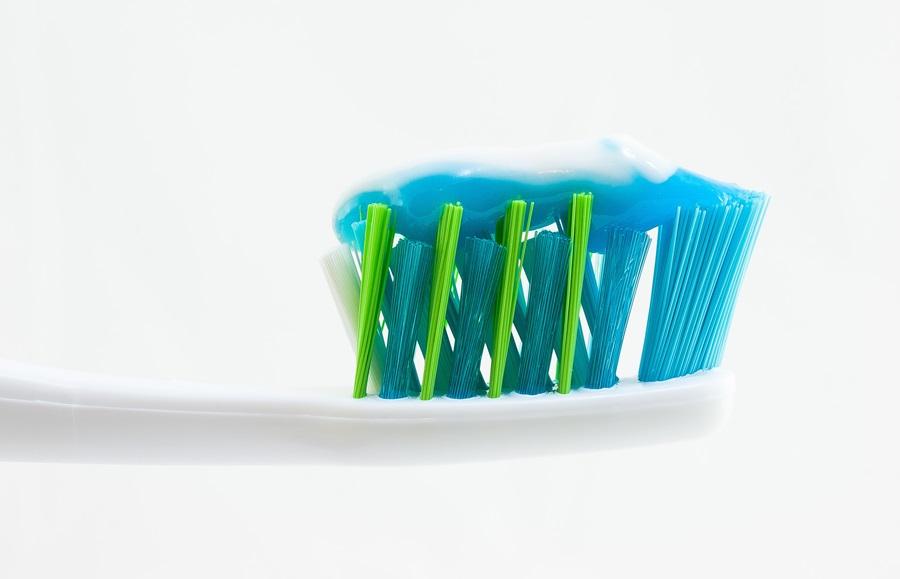Discover the significance of the ADA Seal in promoting safety, efficacy, and trust in dental products, ensuring better oral health for all.
Common Questions About the ADA Seal of Acceptance
1. What is the ADA Seal?
The ADA Seal of Acceptance is a symbol of quality, safety, and efficacy in the dental product industry. For over 125 years, the American Dental Association (ADA) has been dedicated to advancing oral health and ensuring that dental products meet high standards.
2. What's the ADA's history with dental products?
As early as 1866, the ADA questioned the extravagant claims surrounding dental products at the time, leading to the creation of a basic tooth powder formula. By 1930, the ADA Council on Scientific Affairs adopted guidelines to evaluate dental products for safety and efficacy. The first Seal of Acceptance was awarded in 1931, and in 1984, President Reagan commended the ADA for its self-regulatory Seal program efforts.
3. How many dental products carry the ADA Seal?
Today, more than 200 over-the-counter dental products carry the ADA Seal. Companies that participate in this program commit significant resources to ensure the safety and efficacy of their products according to ADA requirements.
4. What determines if a dental product qualifies for the Seal?
Not every dental product qualifies for the Seal. To earn the Seal, a product submission must include data from clinical and/or laboratory studies demonstrating safety and efficacy, following product category requirements set by the ADA Council on Scientific Affairs. If accepted, the Seal is awarded for a five-year period. Any changes to the product's composition during this time require the submission of updated chemical and safety data.
5. How are products evaluated for the Seal?
The ADA's Council on Scientific Affairs reviews product submissions for adherence to category-specific requirements. In cases where specialized knowledge is needed, the Council may engage consultants with expertise in fields relevant to dental product evaluation. Only after a product has demonstrated its safety and efficacy will it be awarded the ADA Seal.
6. How is the Seal used in advertising and packaging?
Accepted products are required to display the ADA Seal logo on their packaging in accordance with the ADA Seal Brand Standards. This logo signifies that the product attributes have met the ADA Council on Scientific Affairs' standards for safety and efficacy. In 2016, the ADA revised the Seal statement to be more consumer-friendly, making it easier for consumers to identify accepted products.
7. What is the value of the Seal?
The ADA Seal of Acceptance serves as a valuable tool for dental professionals, helping them make informed recommendations regarding the safety and efficacy of consumer dental products. Market research has demonstrated that the presence of the ADA Seal directly influences consumers' purchase decisions. The ADA receives numerous inquiries about Seal products and is committed to promoting good oral health and disease prevention through quality products.
8. How do I apply for the ADA Seal of Acceptance?
To request a Seal Program Brochure or to apply for the ADA Seal, you can email adaseal@ada.org.
9. Does the ADA award the Seal to professional dental products?
In 2005, the ADA decided to phase out the Seal of Acceptance program for professional dental products, completing the phase-out on December 31, 2007. The Seal now primarily applies to over-the-counter consumer products.
